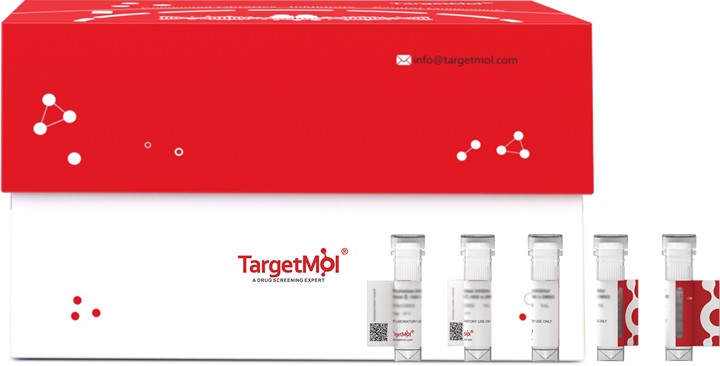Shopping Cart
- Remove All
 Your shopping cart is currently empty
Your shopping cart is currently empty

HBV-D (isolate Germany/1-91/1991) Protein X (His & SUMO) is expressed in E. coli expression system with N-6xHis-SUMO tag. The predicted molecular weight is 32.7 kDa and the accession number is O93195.

| Pack Size | Price | Availability | Quantity |
|---|---|---|---|
| 20 μg | $360 | 20 days | |
| 100 μg | $745 | 20 days | |
| 1 mg | $2,530 | 20 days |
| Biological Activity | Activity has not been tested. It is theoretically active, but we cannot guarantee it. If you require protein activity, we recommend choosing the eukaryotic expression version first. |
| Description | HBV-D (isolate Germany/1-91/1991) Protein X (His & SUMO) is expressed in E. coli expression system with N-6xHis-SUMO tag. The predicted molecular weight is 32.7 kDa and the accession number is O93195. |
| Species | HBV-D |
| Expression System | E. coli |
| Tag | N-6xHis-SUMO |
| Accession Number | O93195 |
| Amino Acid | MAARLCCQLDPARDVLCLRPVGAESRGRPFSGPFGTLSSPSPSAVSTDHGAHLSLRGLPVCAFSSAGPCALRFTSARRMETTVNAHQFLPKVLYKRTLGLSVMSTTDLEAYFKDCLFKDWEELGEETRLMIFVLGGCRHKLVCAPAPCNFFTSA |
| Construction | 1-154 aa |
| Protein Purity | > 90% as determined by SDS-PAGE. |
| Molecular Weight | 32.7 kDa (predicted) |
| Endotoxin | < 1.0 EU/μg of the protein as determined by the LAL method. |
| Formulation | Tris-based buffer, 50% glycerol |
| Reconstitution | A Certificate of Analysis (CoA) containing reconstitution instructions is included with the products. Please refer to the CoA for detailed information. |
| Stability & Storage | Lyophilized powders can be stably stored for over 12 months, while liquid products can be stored for 6-12 months at -80°C. For reconstituted protein solutions, the solution can be stored at -20°C to -80°C for at least 3 months. Please avoid multiple freeze-thaw cycles and store products in aliquots. |
| Shipping | In general, Lyophilized powders are shipping with blue ice. Solutions are shipping with dry ice. |
| Research Background | Multifunctional protein that plays a role in silencing host antiviral defenses and promoting viral transcription. Does not seem to be essential for HBV infection. May be directly involved in development of cirrhosis and liver cancer (hepatocellular carcinoma). Most of cytosolic activities involve modulation of cytosolic calcium. The effect on apoptosis is controversial depending on the cell types in which the studies have been conducted. May induce apoptosis by localizing in mitochondria and causing loss of mitochondrial membrane potential. May also modulate apoptosis by binding host CFLAR, a key regulator of the death-inducing signaling complex (DISC). Promotes viral transcription by using the host E3 ubiquitin ligase DDB1 to target the SMC5-SMC6 complex to proteasomal degradation. This host complex would otherwise bind to viral episomal DNA, and prevents its transcription. Moderately stimulates transcription of many different viral and cellular transcription elements. Promoters and enhancers stimulated by HBx contain DNA binding sites for NF-kappa-B, AP-1, AP-2, c-EBP, ATF/CREB, or the calcium-activated factor NF-AT. |

Copyright © 2015-2025 TargetMol Chemicals Inc. All Rights Reserved.